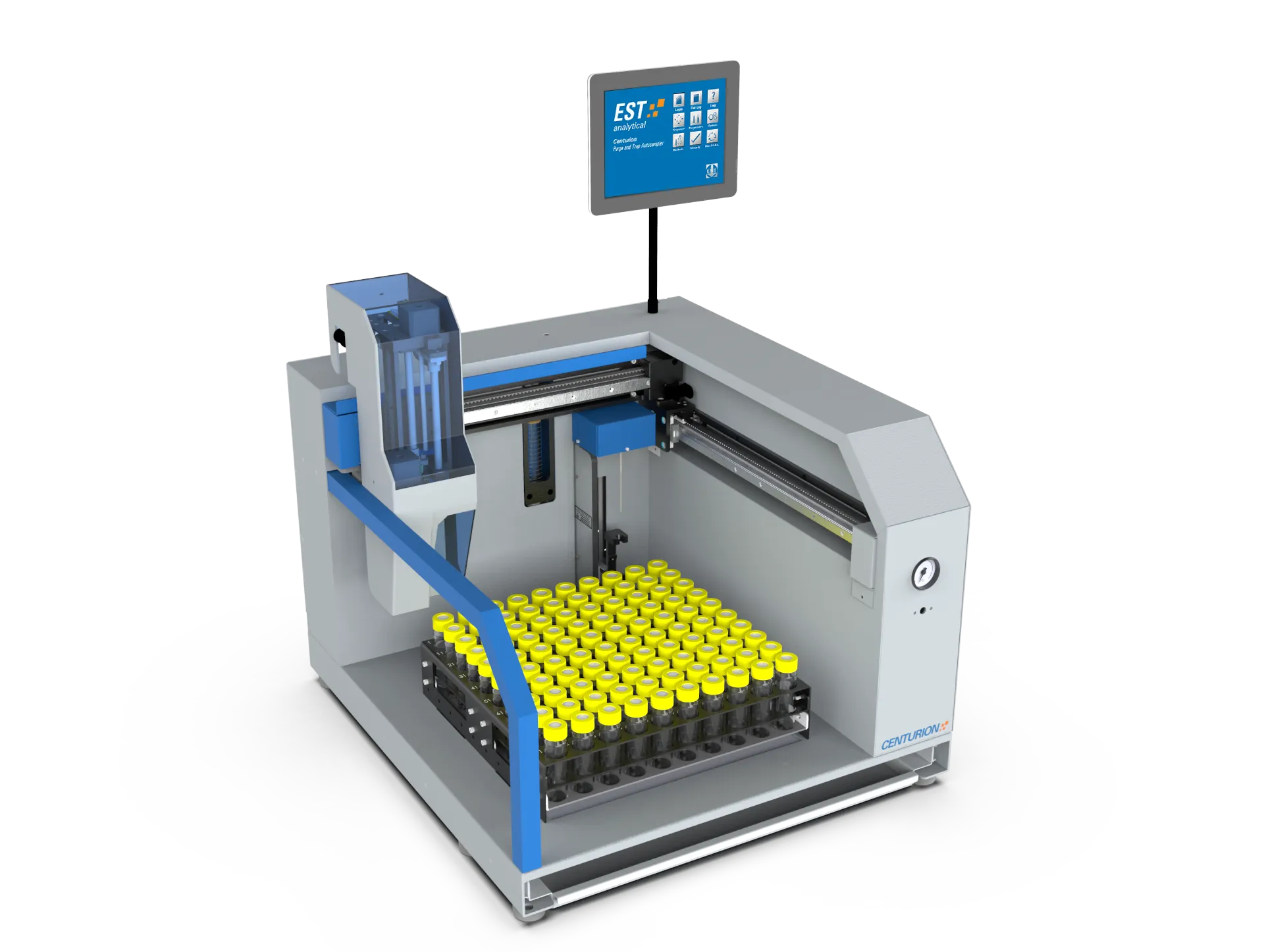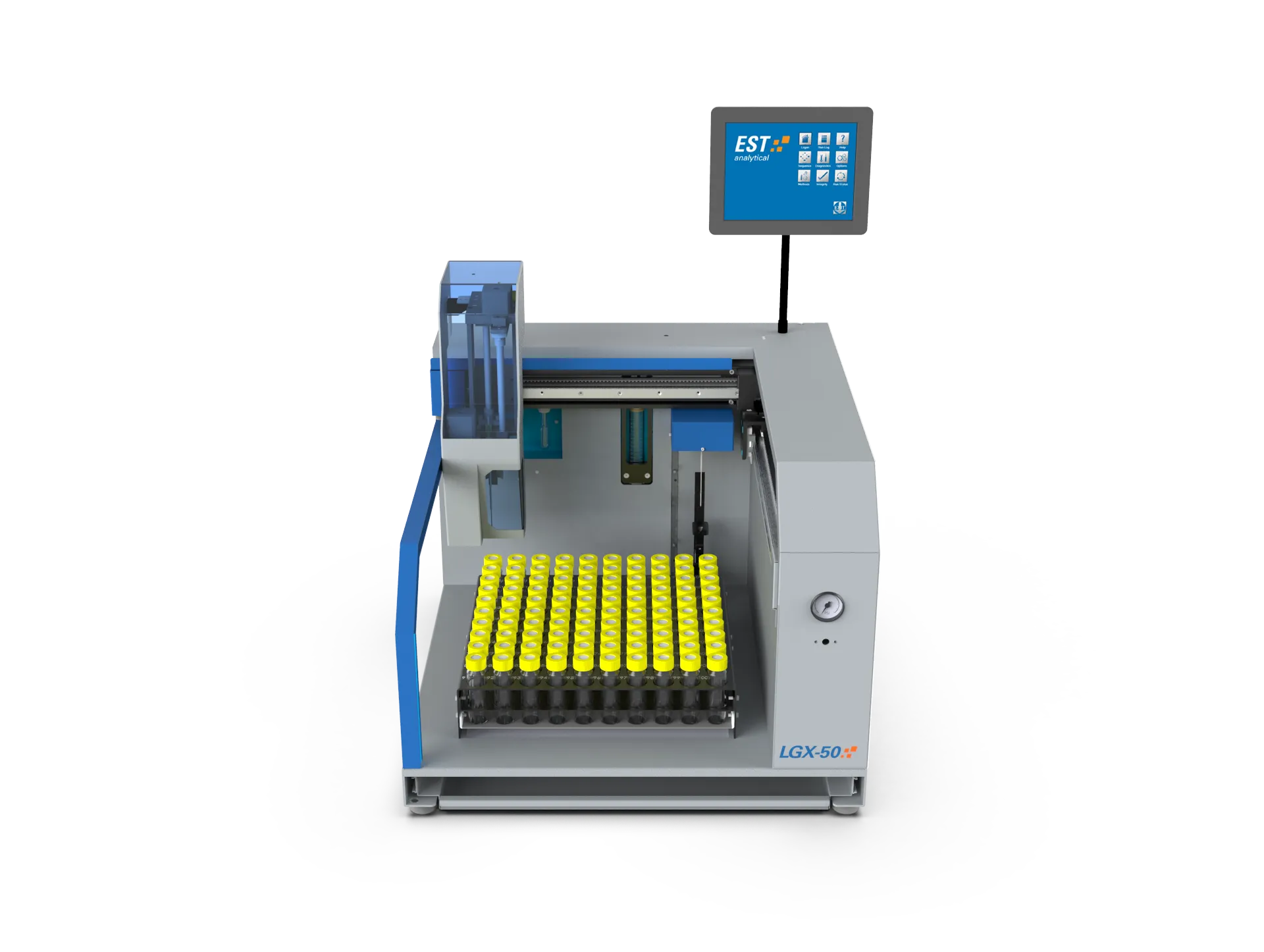Using SPME for Organic Compound Determination

The Environmental Protection Agency (EPA) has classified 1,4-Dioxane as a likely carcinogen that does not break down readily. Purge and trap concentration and liquid-liquid extraction are the most common techniques for the sampling of 1,4-Dioxane. Each of these techniques has its advantages and drawbacks. Accordingly, this application will explore Solid Phase Microextraction and organic compound determination as a possible option for the sampling of 1,4-Dioxane.
There are many complications when sampling 1,4-Dioxane. Therefore when sampling by purge and trap, a factor that can inhibit detection limits is the fact that 1,4-Dioxane has very poor purge efficiency. In order to counter this issue, many laboratories use a heated purge cycle and/or purge larger volumes of sample. Liquid-liquid extraction is an option for the extraction of 1,4-Dioxane out of water, however, the extraction solvent needs to be reduced or blown down in order to concentrate the analyte and in doing this, 1,4-Dioxane can be lost.
Solid Phase Microextraction (SPME) is a semi-exhaustive sampling technique that can be used to sample 1,4-Dioxane in water without the complications of purge efficiency or concentration of an extract. Therefore by selecting the optimum SPME fiber, 1,4-Dioxane can be extracted from a water sample and desorbed into the Gas Chromatograph/Mass Spectrometer (GC/MS) for compound detection. This application will examine both headspace and immersion SPME for the sampling and analysis of 1,4-Dioxane.
Our Impact
EST Analytical has been helping labs achieve their analytical goals for over 30 years. Our vision is to engineer reliable laboratory instruments that enable partners to make the world a better place.
To help labs excel we offer Application Notes across our entire product line. They are a resource that explains the technology, performance, and abilities of our products as used against certain methodologies and or applications.
Whether your needs center around a USEPA method, an ASTM Standard, or a sample matrix-based outcome EST has you covered. If you don’t see the technical direction you need, simply contact us. We also offer sample analysis in our onsite Applications Lab.






